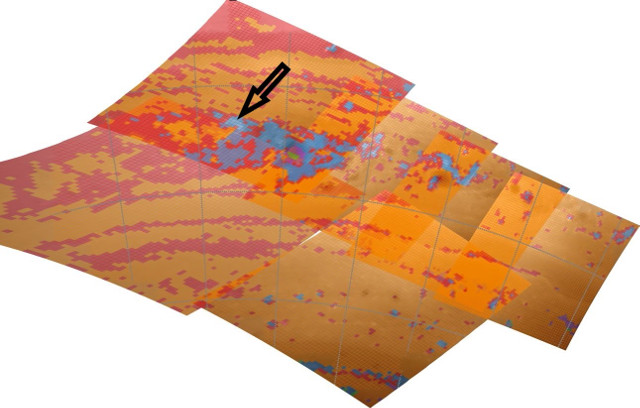
Deep learning used to map storms on the planet Saturn
An article published in the journal “Nature Astronomy” reports the application of a deep learning algorithm to recognize storms on the planet Saturn creating a map of their components and characteristics. Ingo Waldmann of the University College London, England, and Caitlin Griffith of the University of Arizona, USA, developed the algorithm called PlanetNet based on the TensorFlow “engine” to analyze data collected by the Cassini space probe with an efficiency higher than traditional techniques thanks to the recognition of recurrent characteristics across various multiple data sets. PlanetNet could be adapted to analyze observations of other planets.





